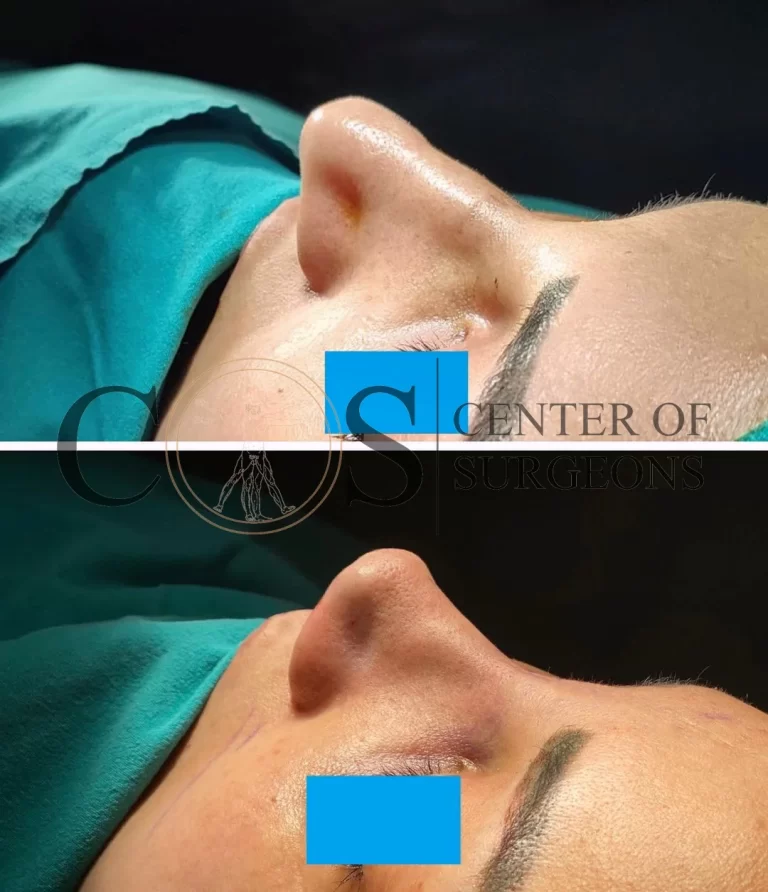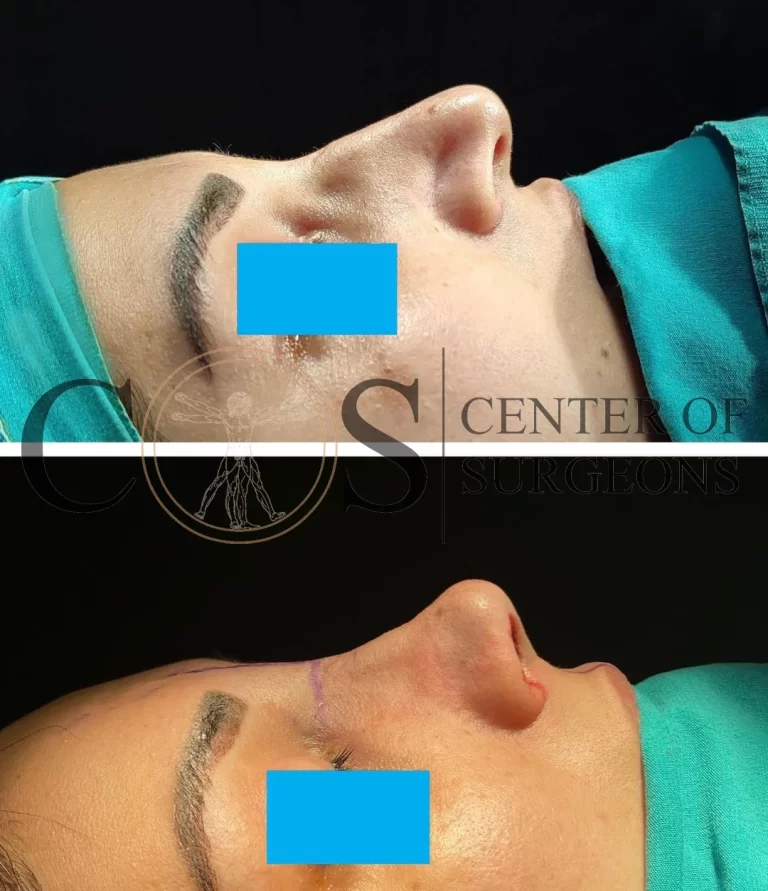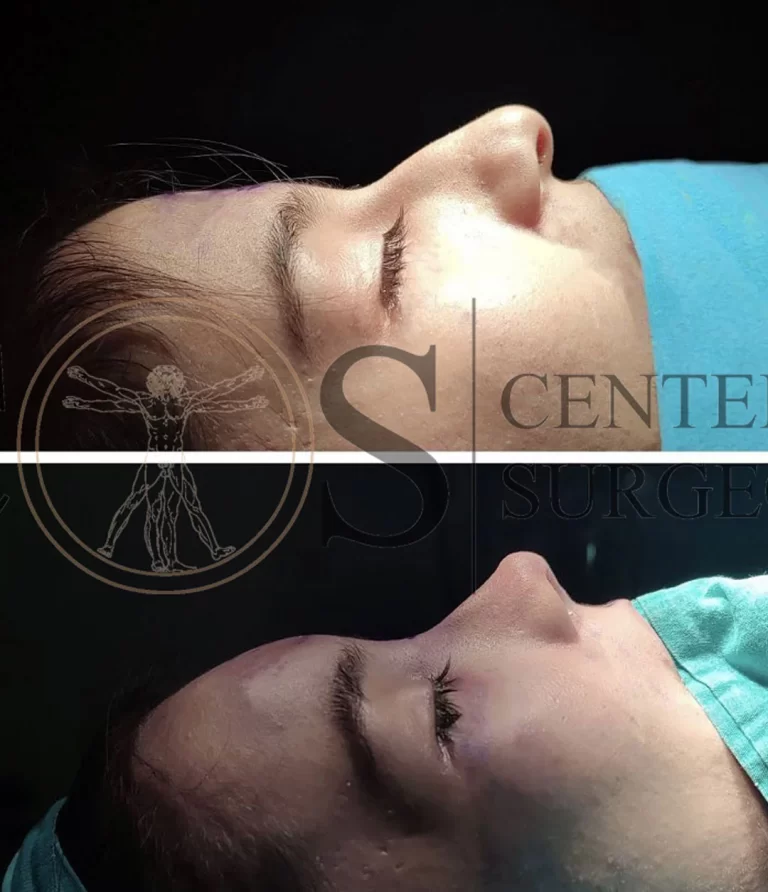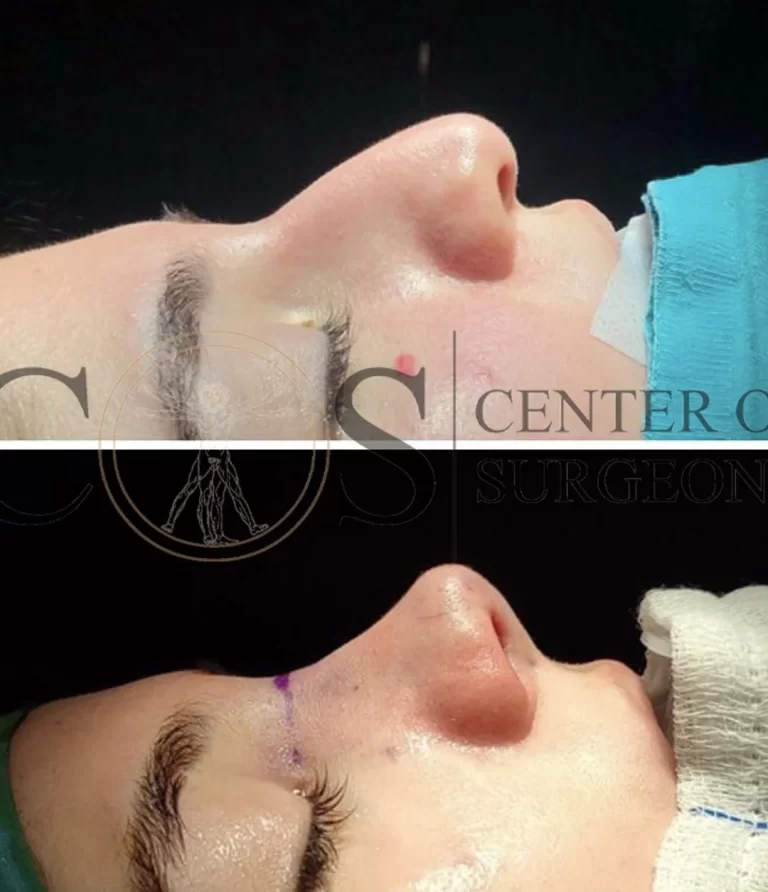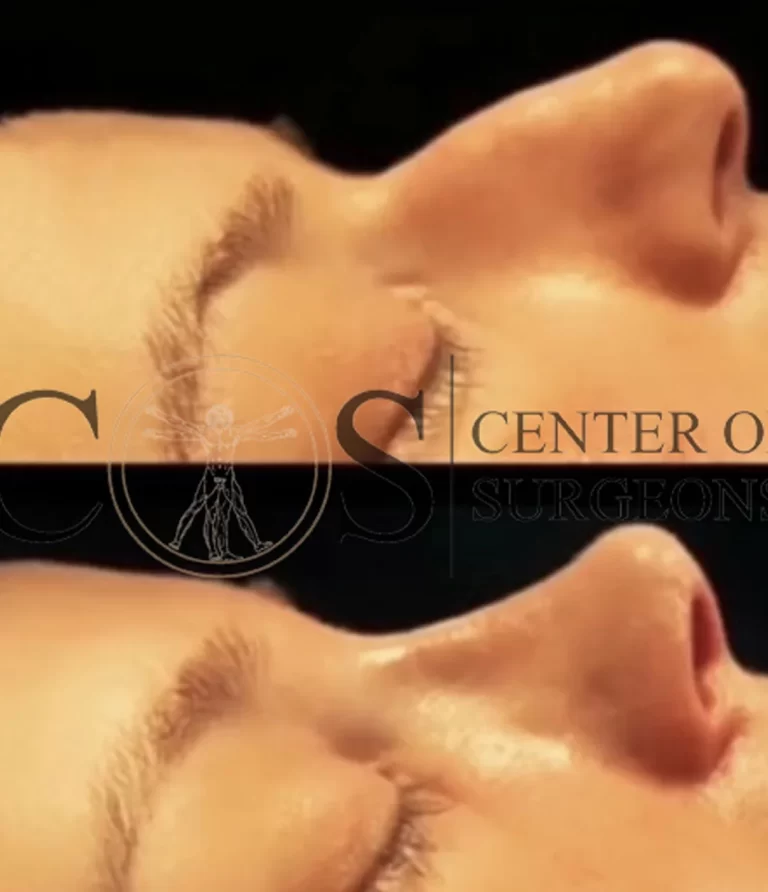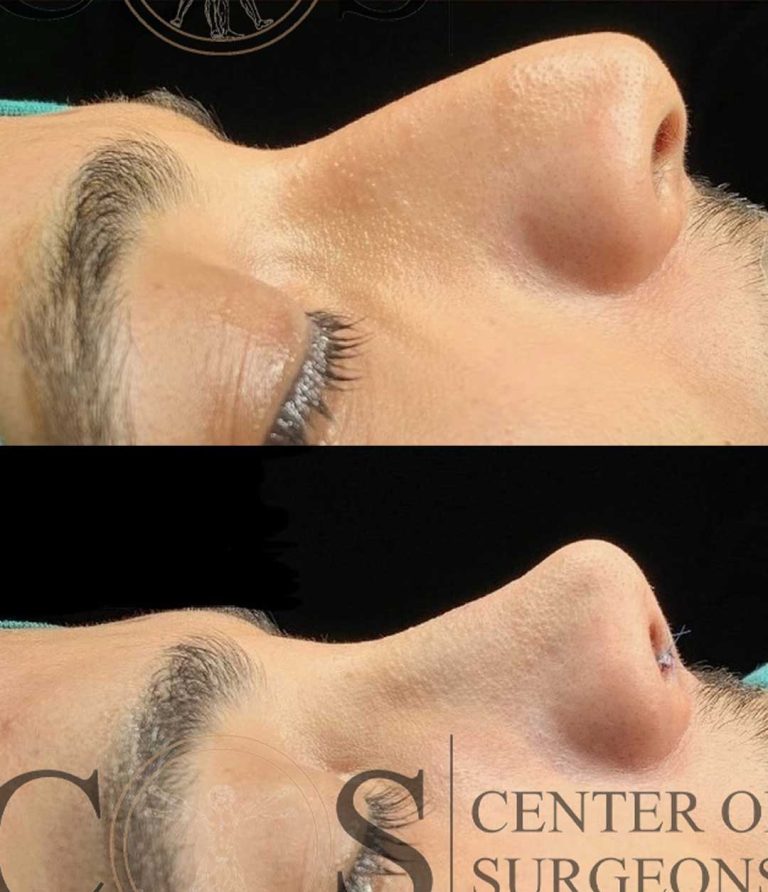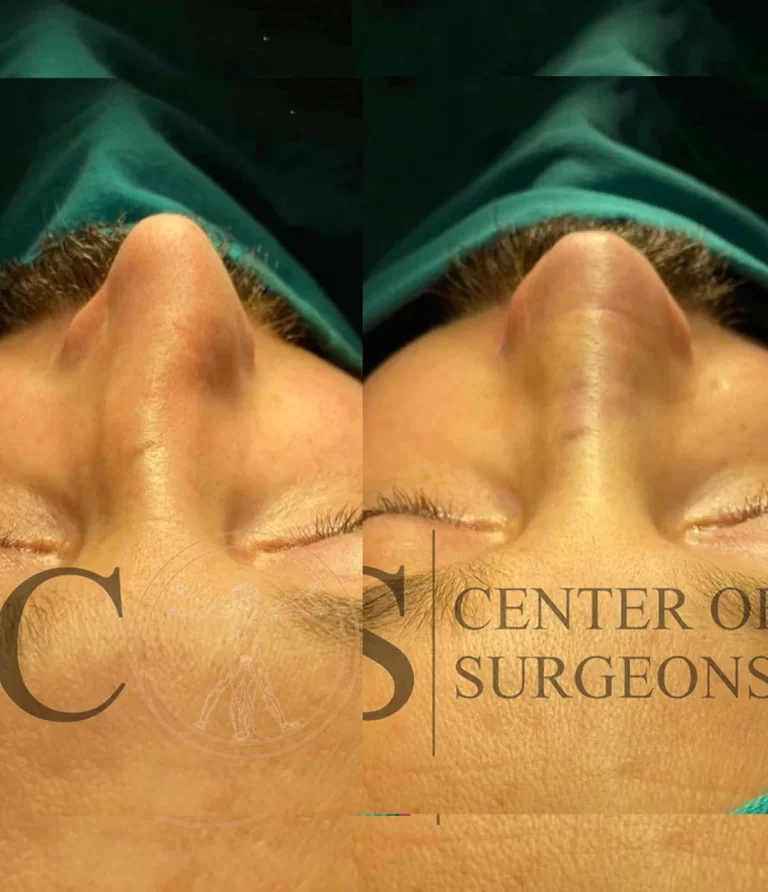Pink Aesthetics
Pink Aesthetics Solutions for Attractive Smiles
Correct imbalances in your teeth and gums with pink aesthetics. Our specialists provide safe solutions for a healthy and attractive smile.
Book your free consultation now for a fresh, new look!
"Discover our solutions with a free consultation—contact us today!"
Pink aesthetic treatment is a procedure performed in cases where there is an irregularity of the gums and it prevents the tooth structure. The fact that the gums are thick aesthetically affects the smile, and patients often resort to the pink aesthetic procedure with this complaint. The arrangement of the gums is most often practiced for the upper palate.
The most commonly used types of treatment in pink aesthetics, which have different treatment methods, are as follows:
• Crown lengthening process: Both the gum tissue and the tooth bone are rearranged. As a result of treatment, the teeth get a longer appearance.
• Regenerative: Tissues in the gums can be damaged for many reasons. All gum cells damaged in the regenerative process are treated by taking advantage of the body’s self-renewal feature.
• Gingivoplasty: Pockets of the gum are treated by interfering with disproportionate levels of the gum.
• Gingivectomy: Gingivectomy is used for gum growth and removal of excess gums.
Thanks to pink aesthetics, the height and appearance of the teeth are improved, while the benefits from the point of view of dental health are also observed. As a treatment method that has benefits for oral and maxillofacial health, such as eliminating inflammation in the gums, preventing tooth loss, improving tissues and cells, gum aesthetics is the most commonly performed type of aesthetic treatment.
Who Prefers Pink Aesthetics?
The reasons for choosing gum aesthetics include; the density of the gums is different from each other, dec gums are more or less, the type of asymmetric gums is present, and there is a chronic inflammation of the gums.
With pink aesthetics, which gives definite and permanent results, the tooth structure seen when smiling and talking in daily life is made better. Pink aesthetics, which can be done by everyone from people who have completed tooth growth to adult people, is a type of treatment that is not costly.
The Process of Recovery After Pink Aesthetics
In this operation, there are recovery periods that vary depending on the course and form of treatment. On average, an improvement in the gums is observed within 1 week, but the duration may decrease and increase depending on the density of the gum. Oral and dental care should be carefully maintained after gum treatment.
Who is a good candidate for pink aesthetics?
You may be a good candidate if you:
- Have a gummy smile (excess gum tissue covering the teeth)
- Have an uneven gum line that affects your smile symmetry
- Experience gum recession, making teeth look longer
- Want a healthier, more balanced gum appearance
What are the different pink aesthetic procedures?
✔️ Gum Contouring (Gingivoplasty) – Reshapes excess gum tissue for a balanced smile.
✔️ Gum Depigmentation – Removes dark or uneven pigmentation from the gums.
✔️ Gum Recession Treatment – Uses grafting techniques to restore lost gum tissue.
✔️ Laser Gum Reshaping – Minimally invasive, pain-free contouring with faster healing.
How long does a pink aesthetics procedure take?
- Most procedures take 30-60 minutes.
- Laser treatments are quick, painless, and require no stitches.
- Recovery is fast, usually within a few days to a week.
Does gum contouring hurt?
No! Gum contouring is performed under local anesthesia or laser technology, making it pain-free. Some mild discomfort may occur after the procedure but is easily managed.
Are the results of pink aesthetics permanent?
Yes! Gum reshaping and depigmentation provide long-lasting results, especially when combined with good oral hygiene and professional maintenance.
Can pink aesthetics be combined with other treatments?
Yes! Many patients combine pink aesthetics with:
✔️ Teeth Whitening for a brighter smile
✔️ Dental Veneers for a complete smile makeover
✔️ Orthodontic Treatments (Braces/Invisalign) for optimal symmetry
How much does pink aesthetics treatment cost?
The cost varies based on the procedure type, technique used, and clinic expertise, typically ranging from:
- Gum contouring: $300 – $1,500
- Laser gum treatment: $400 – $2,000
- Gum depigmentation: $500 – $1,500
Does gum contouring hurt?
No! Gum contouring is performed under local anesthesia or laser technology, making it pain-free. Some mild discomfort may occur after the procedure but is easily managed.
